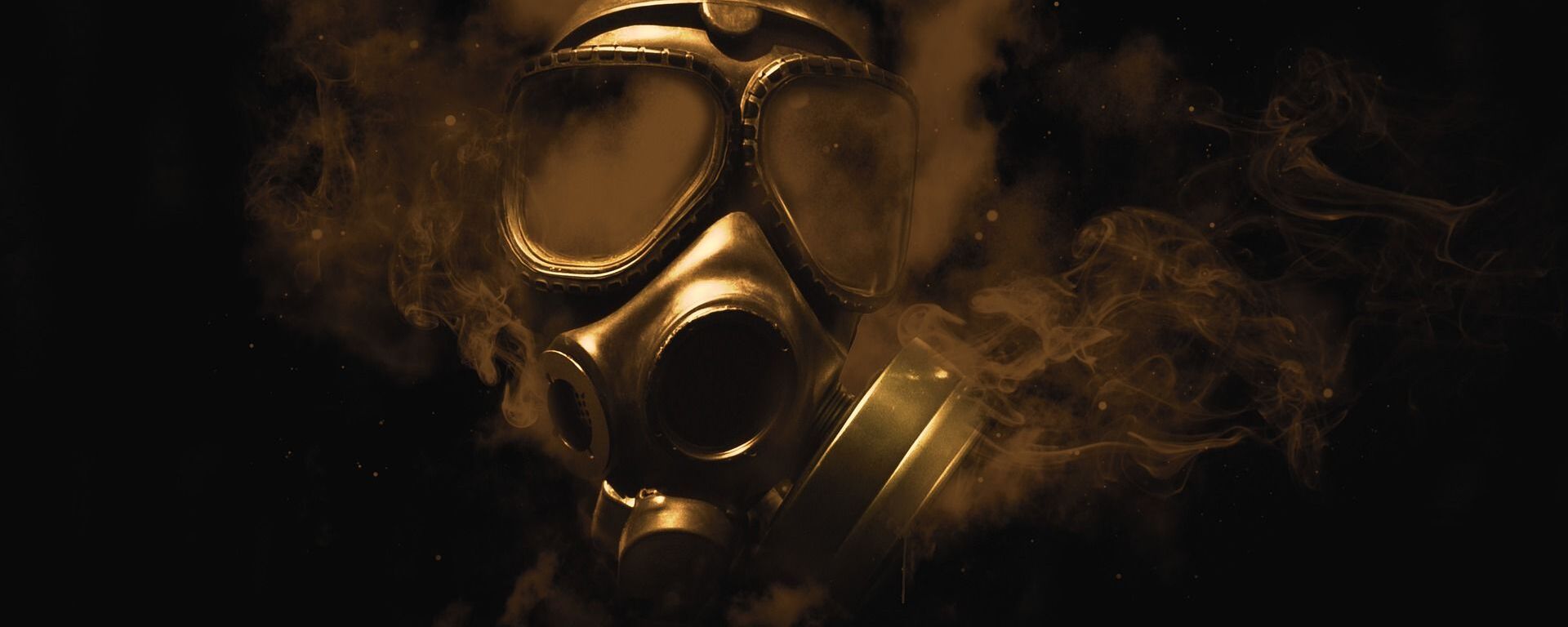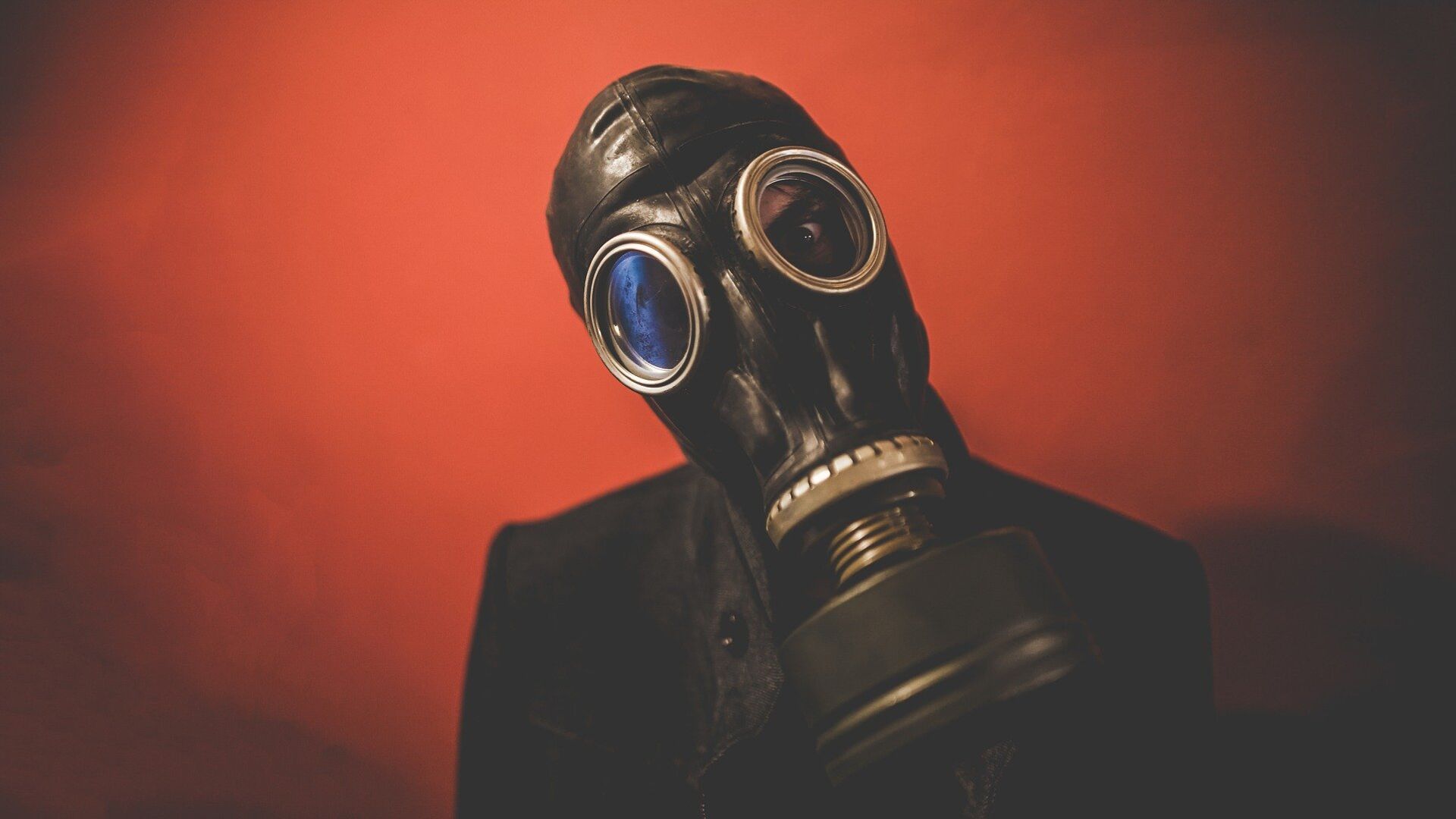https://sputnikglobe.com/20230209/from-sarin-to-bz-what-are-chemical-weapons-and-how-deadly-are-they-1107109577.html
From Sarin to BZ: What Are Chemical Weapons and How Deadly Are They?
From Sarin to BZ: What Are Chemical Weapons and How Deadly Are They?
Sputnik International
There have been more and more reports of the use of chemical weapons being considered since the beginning of the Ukrainian conflict in February 2022,
2023-02-09T13:14+0000
2023-02-09T13:14+0000
2023-02-09T13:14+0000
sputnik explains
russia
ukraine
chemical weapons
special operation
world war i
forces
conflict
battlefield
https://cdn1.img.sputnikglobe.com/img/107200/32/1072003284_1:0:1919:1079_1920x0_80_0_0_4d90428eda53b50931867596d0d34651.jpg
The Russian Defense Ministry has repeatedly warned of the Kiev regime’s push to stage a false flag provocation using chemical weapons amid Moscow’s current special military operation in Ukraine. Donetsk People's Republic head Denis Pushilin recently announced that Ukrainian forces had resorted to the use of chemical weapons in the Artemovsk (Bakhmut) and Ugledar directions on the front line in Donbass.Pushilin’s advisor Yan Gagin, for his part, noted that chemical weapons have been used by the Ukrainian side for some time now, as "substances causing nausea, choking and coughing were sprayed from special containers installed on drones."So what are chemical weapons and are they internationally prohibited? Sputnik has the answers.What Are Chemical Weapons?A chemical weapon is any toxic chemical that can result in death, injury, incapacitation, or sensory irritation. It is something that can be deployed via a delivery system, such as an artillery shell, a rocket, or a ballistic missile. It is worth stressing that chemical weapons are related to weapons of mass destruction.What Are the Primary Chemical Weapons?Chemical weapons’ primary forms include nerve agents, blister agents, choking agents, blood agents, psychotomimetic agents, and irritant agents, which are categorized on the basis of how they affect the human body:Who Was First to Use Chemical Weapons on a Battlefield?Even though German forces were the first to use phosgene on the battlefield during World War I in 1914-1918, this choking agent became the primary chemical weapon of the Allies. Phosgene was responsible for 85% of chemical weapons-related fatalities during WWI.The first fully-fledged deployment of deadly chemical warfare agents came in WWI’s Second Battle of Ypres on April 22, 1915. At the time, the Germans attacked French, Canadian and Algerian troops with chlorine gas released from canisters and carried by the wind towards the Allied trenches. The death toll stood at about 5,000.Are Chemical Weapons Prohibited?Yes. The widespread and deadly use of chemical weapons during WW I prompted international efforts to curb the use and production of them.The two major documents that target chemical weapons are the 1925 Geneva Protocol and the Chemical Weapons Convention (CWC).The Geneva Protocol was drafted and signed at the Conference for the Supervision of the International Trade in Arms and Ammunition in June 1925. While it prohibits the use of chemical weapons, the Geneva Protocol does not regulate the production, research or stockpiling of these weapons. It also does not regulate the use of chemical weapons for internal conflicts.Interest in the verifiable elimination of existing stockpiles of chemical weapons fueled the push for clinching the more robust CWC in the early 1990s.This document is officially known as the Convention on the Prohibition of the Development, Production, Stockpiling and Use of Chemical Weapons and on their Destruction. The CWC is an arms control treaty that is administered by the Hague-based Organization for the Prohibition of Chemical Weapons (OPCW) and which entered into force on April 29, 1997.The convention’s goal is “to eliminate an entire category of weapons of mass destruction by prohibiting the development, production, acquisition, stockpiling, retention, transfer or use of chemical weapons by member parties.” As of December 31, 2022, 99% of the world’s declared chemical weapons stockpiles have been destroyed under the CWC. As of today, a total of 193 countries have become parties to the convention. Israel has signed, but not ratified the CWC, while Egypt, North Korea, and the Republic of South Sudan have neither signed nor acceded to the document.Is There Any Defense Againts Chemical Weapons? When it comes to the battlefield, the first and most important line of defense against chemical agents is the individual protection provided by gas masks and protective clothing as well as collective protection shelters.As for civilian populations, they typically have no individual protective equipment or collective protection centers. That’s why a relevant response to the threat of a chemical weapons attack on civilian society could be the creation of active, well-trained emergency response teams that know how to identify chemical agents, decontaminate areas and people exposed to chemical weapons, as well as coordinate rescue operations.
https://sputnikglobe.com/20230208/what-is-the-chemical-weapons-convention-of-which-russia-ukraine-are-members-1107076228.html
https://sputnikglobe.com/20230206/ukrainian-forces-employing-drone-dropped-chemical-weapons-in-donbass-dpr-chief-says-1107010114.html
russia
ukraine
Sputnik International
feedback@sputniknews.com
+74956456601
MIA „Rosiya Segodnya“
2023
Oleg Burunov
https://cdn1.img.sputnikglobe.com/img/07e4/09/0b/1080424846_0:0:2048:2048_100x100_80_0_0_3d7b461f8a98586fa3fe739930816aea.jpg
Oleg Burunov
https://cdn1.img.sputnikglobe.com/img/07e4/09/0b/1080424846_0:0:2048:2048_100x100_80_0_0_3d7b461f8a98586fa3fe739930816aea.jpg
News
en_EN
Sputnik International
feedback@sputniknews.com
+74956456601
MIA „Rosiya Segodnya“
Sputnik International
feedback@sputniknews.com
+74956456601
MIA „Rosiya Segodnya“
Oleg Burunov
https://cdn1.img.sputnikglobe.com/img/07e4/09/0b/1080424846_0:0:2048:2048_100x100_80_0_0_3d7b461f8a98586fa3fe739930816aea.jpg
use of chemical weapons, primary forms of chemical weapons, first use of chemical weapons on battlefield, russian special military operation in ukraine, sarin, nerve agent, tear gas
use of chemical weapons, primary forms of chemical weapons, first use of chemical weapons on battlefield, russian special military operation in ukraine, sarin, nerve agent, tear gas
From Sarin to BZ: What Are Chemical Weapons and How Deadly Are They?
Since the Ukraine conflict turned into a NATO proxy war against Russia, reports indicating that the Ukrainian Armed Forces are plotting provocations with the use of chemical weapons have become quite common.
The Russian Defense Ministry has repeatedly warned of the Kiev regime’s push to stage a false flag provocation using chemical weapons amid Moscow’s current special military
operation in Ukraine.
Donetsk People's Republic head Denis Pushilin recently announced that Ukrainian forces had resorted to the use of chemical weapons in the Artemovsk (Bakhmut) and Ugledar directions on the front line in Donbass.
Pushilin’s advisor Yan Gagin, for his part, noted that chemical weapons have been used by the Ukrainian side for some time now, as "substances causing nausea, choking and coughing were sprayed from special containers installed on drones."
So what are chemical weapons and are they internationally prohibited?
What Are Chemical Weapons?
A chemical weapon is any toxic chemical that can result in death, injury, incapacitation, or sensory irritation. It is something that can be deployed via a delivery system, such as an artillery shell, a rocket, or a ballistic missile. It is worth stressing that chemical weapons are related to weapons of mass destruction.

8 February 2023, 16:15 GMT
What Are the Primary Chemical Weapons?
Chemical weapons’ primary forms include nerve agents, blister agents, choking agents, blood agents, psychotomimetic agents, and irritant agents, which are categorized on the basis of how they affect the human body:
Nerve agents (sarin, soman, and VX) are generally considered the most deadly chemical weapons category because they can cause severe damage to the central nervous system, which can lead to death, if inhaled or absorbed through the skin.
Blister agents (sulfur mustard, nitrogen mustard, lewisite) can cause severe burns and blistering of the skin.
Choking agents (phosgene, chlorine, and chloropicrin) directly affect the body’s respiratory system when inhaled, causing respiratory failure.
Blood agents (hydrogen chloride, cyanogen chloride, cyanide) interfere with the body’s ability to use and transfer oxygen through the bloodstream. Exposure to small amounts of cyanide has no effect, while higher concentrations cause dizziness, weakness and nausea. Very strong exposure causes severe toxic effects within seconds, and rapid death.
Psychotomimetic agents (BZ) affect the mental health of a person, causing hallucinations and other symptoms related to the violation of the higher nervous activity of a human.
Irritant agents (CS, CR) are also referred to as riot control agents. These are compounds that cause temporary incapacitation by irritation of the eyes (tearing and blepharospasm), and irritation of the upper respiratory tract. The general public usually calls these agents tear gases.
Who Was First to Use Chemical Weapons on a Battlefield?
Even though German forces were the first to use phosgene on the battlefield during World War I in 1914-1918, this choking agent became the primary chemical weapon of the Allies. Phosgene was responsible for 85% of chemical weapons-related fatalities during WWI.
The first fully-fledged deployment of deadly chemical warfare agents came in WWI’s Second Battle of Ypres on April 22, 1915. At the time, the Germans attacked French, Canadian and Algerian troops with chlorine gas released from canisters and carried by the wind towards the Allied trenches. The death toll stood at about 5,000.
Are Chemical Weapons Prohibited?
Yes. The widespread and deadly use of chemical weapons during WW I prompted international efforts to curb the use and production of them.
The two major documents that target chemical weapons are the 1925 Geneva Protocol and the Chemical Weapons Convention (CWC).
The Geneva Protocol was drafted and signed at the Conference for the Supervision of the International Trade in Arms and Ammunition in June 1925. While it prohibits the use of chemical weapons, the Geneva Protocol does not regulate the production, research or stockpiling of these weapons. It also does not regulate the use of chemical weapons for internal conflicts.

6 February 2023, 09:44 GMT
Interest in the verifiable elimination of existing
stockpiles of chemical weapons fueled the push for clinching the more robust CWC in the early 1990s.
This document is officially known as the Convention on the Prohibition of the Development, Production, Stockpiling and Use of Chemical Weapons and on their Destruction. The CWC is an arms control treaty that is administered by the Hague-based Organization for the Prohibition of Chemical Weapons (OPCW) and which entered into force on April 29, 1997.
The convention’s goal is “to eliminate an entire category of weapons of mass destruction by prohibiting the development, production, acquisition, stockpiling, retention, transfer or use of chemical weapons by member parties.”
As of December 31, 2022, 99% of the world’s declared
chemical weapons stockpiles have been destroyed under the CWC. As of today, a total of 193 countries have become parties to the convention. Israel has signed, but not ratified the CWC, while Egypt, North Korea, and the Republic of South Sudan have neither signed nor acceded to the document.
Is There Any Defense Againts Chemical Weapons?
When it comes to the battlefield, the first and most important line of defense against chemical agents is the individual protection provided by gas masks and protective clothing as well as collective protection shelters.
As for civilian populations, they typically have no individual protective equipment or collective protection centers. That’s why a relevant response to the threat of a chemical weapons attack on civilian society could be the creation of active, well-trained emergency response teams that know how to identify chemical agents, decontaminate areas and people exposed to chemical weapons, as well as coordinate rescue operations.






